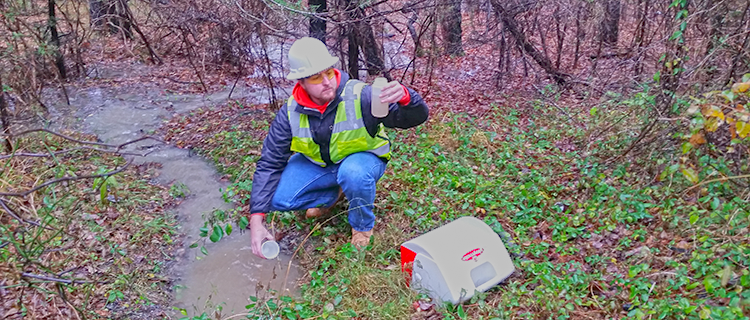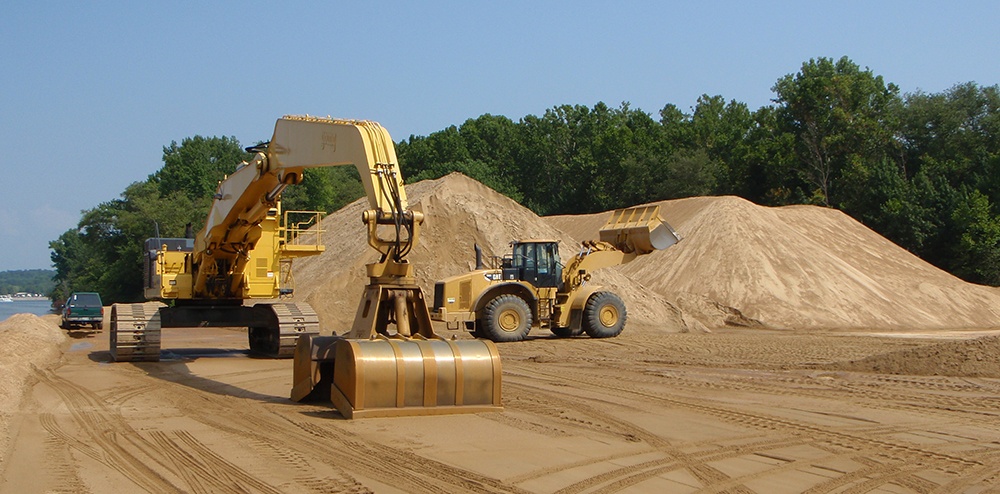I’ve been thinking about a question recently, a question I get a lot. It's related to stormwater permits, and the sampling that needs to be done. What levels of iron are being found in stormwater discharges? Are the levels regularly being in excess of permit levels? So, I took a look at stormwater data I have access to from a lot of facilities and the results were surprising in some respects, while in other respects, they weren't.
Normally stormwater permits that require iron monitoring use a benchmark threshold 1 mg/l, which is the same as 1 ppm. This is included in the Federal Multi-Sector General Permit which is implemented in a handful of NPDES non-delegated states, while delegated states’ own NPDES generally follow the same rule.

So what did the data show? First, nearly 50% of the data showed results greater than 1 mg/l - nearly half! Second, the average value of hundreds of data points was slightly over 3.0 mg/l. And third, the highest readings were in excess of 200 mg/l, but the vast majority was under 10 mg/l.
Then I looked at these results in conjunction with several other common parameters that are set forth in stormwater permits, and are required to be monitored, and found virtually no correlation at all with iron (with the exception of total suspended solids, which both had a high relationship).
Does solid material present at an industrial facility, like sand, fines, soils, organic materials, etc contribute a lot of iron to stormwater? Maybe. Maybe not. This could also mean that there is a distinct relationship between iron from the surrounding natural environment, like soils, surface water, groundwater, etc, adhering to solids on site, and releasing when analyzed for total dissolved iron.
My opinion? The iron results are NOT indicative of specific sources or activities. I think there is something much larger going on here.
High TSS levels in stormwater are clearly indicative of stormwater BMP type issues at an industrial facility, like housekeeping or sedimentation and erosion control, iron levels may be far more difficult to interpret. In fact, when I have had to deal with this issue on a regulatory basis, most regulatory agencies are willing to consider this potential "natural background" as mitigating circumstances when considering the large number of benchmark exceedances. Meaning, they know about it, and despite iron being an exceedance of your stormwater permit limits or benchmarks, most agencies let it slide.
I'm going to take a look at iron in stormwater from a few various industries to see what iron and TSS do in their discharges by way of comparison. I have a feeling I know what I’ll find already. But what does this mean to your stormwater permit? Depending on how much iron your results are showing, there's a chance you might be able to fight if you get a violation. I wouldn't bank on it, but it's a shot.
Are you having trouble with your stormwater discharges? We work with clients all the time to implement BMPs and help them clean up their stormwater samples. To learn more, click here to contact us or give us a call at 609-693-8301 to see how we can help.



